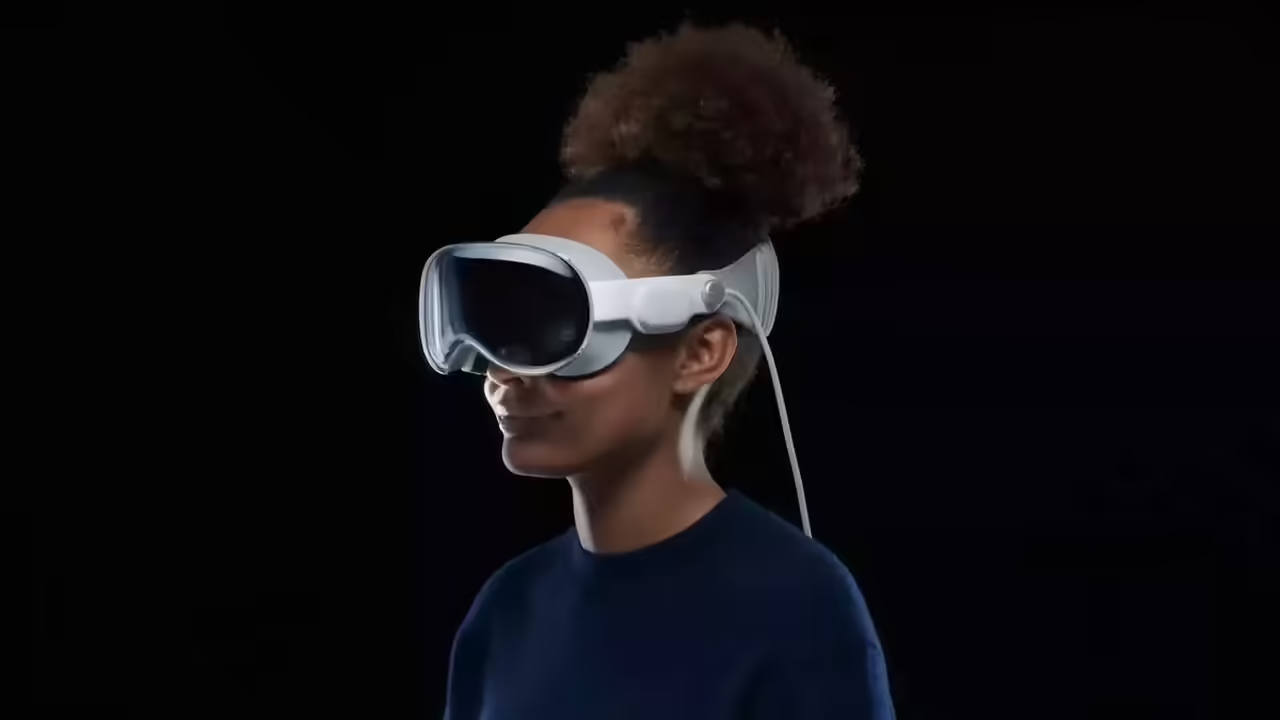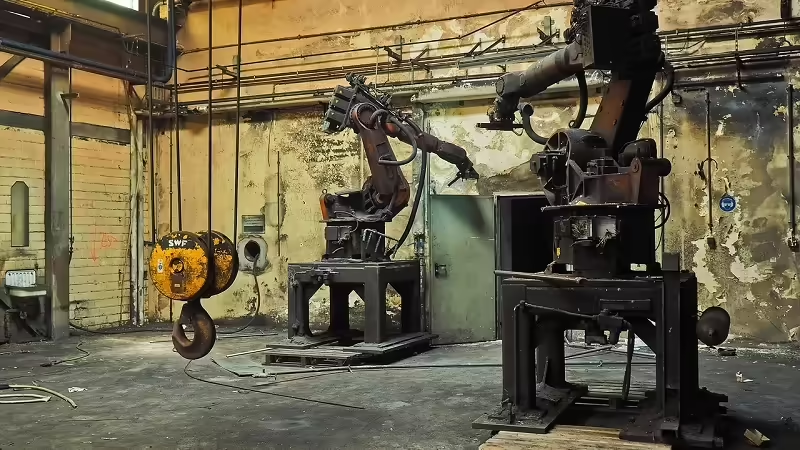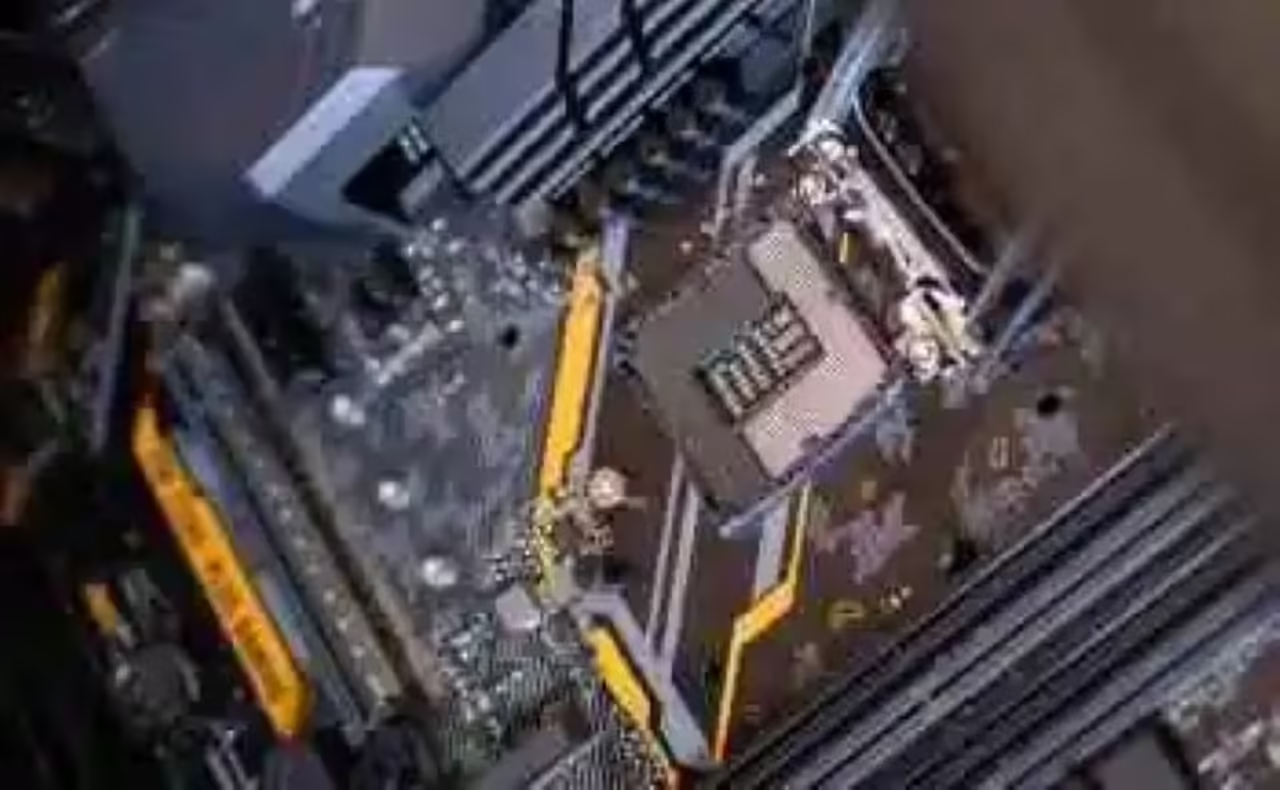
In the ever-changing world of technology, Apple has been a leader in innovation and revolutionary product design. One of the latest additions to its impressive technological arsenal is Apple Vision Pro. This new technology has captured the attention of tech enthusiasts and Apple lovers alike, as it promises to change the way we see and experience the world around us. In this article, we will explore Apple Vision Pro technology and its potential impact on our everyday lives in detail.
Augmented Reality Vision
Apple Vision Pro builds on augmented reality (AR) technology to deliver an enhanced, immersive visual experience. Augmented reality combines digital elements with the real world, overlaying virtual information on the physical environment. With the launch of Apple Vision Pro, Apple has taken augmented reality to a new level of sophistication and realism.
Key features of Apple Vision Pro
Holographic Display: Apple Vision Pro technology features an advanced holographic display that enables 3D viewing without the need for special glasses. This means users can see virtual objects superimposed on the real world with stunning clarity and detail.
Enhanced Depth Detection – Apple Vision Pro uses a combination of cutting-edge sensors, advanced cameras and sophisticated algorithms to deliver enhanced depth detection. This allows for greater accuracy when overlaying virtual objects on the physical environment, creating a more realistic and compelling experience.
Improved facial recognition: Apple Vision Pro’s facial recognition technology has taken a significant leap forward in terms of accuracy and speed. The new generation of sensors and algorithms enables fast and accurate facial recognition, opening up a range of possibilities in security, authentication and entertainment applications.
Interactive experiences: With Apple Vision Pro, users can interact more fluidly and naturally with virtual objects in the augmented reality environment. Gestures and movements are accurately captured, allowing for intuitive and immersive manipulation and control of virtual objects.
Practical applications: Apple Vision Pro technology has the potential to revolutionize a wide range of industries, from gaming and entertainment to education, medicine, product design and more. Developers will be able to create innovative applications and unique experiences that push the boundaries of what is possible with augmented reality.
Impact on our daily lives
The arrival of Apple Vision Pro could transform the way we interact with technology and the world around us. Imagine being able to visualize furniture in your home before you buy it, virtually try on clothes without the need for physical fitting rooms, or receive step-by-step instructions overlaid on the real world while performing home repairs. These are just a few of the ways Apple Vision Pro could improve our daily lives.
Business applications
Augmented reality (AR) is a technology that combines the real world with virtual elements, providing an interactive and enriched experience. By using devices such as smartphones, tablets or specialized AR devices, professionals can see 3D models superimposed on real environments, allowing them to interact with them and make informed decisions.
In the field of architecture, enterprise AR applications can enable architects to visualize buildings in 3D on the site where they will be built. This allows them to evaluate the design, test different materials and colors, and communicate ideas more effectively to clients and colleagues. In addition, real-time 3D models can help identify potential problems or conflicts before construction begins, saving time and costs.
In industrial design, AR can be used for virtual prototyping. Designers can create interactive 3D models and see how they look in the real environment, allowing them to make adjustments and improvements before manufacturing. This can speed up the design process and reduce costly errors.
In engineering, AR can play a crucial role by enabling engineers to visualize and manipulate 3D models of complex systems, such as industrial machinery or manufacturing plants. This can help identify potential problems, optimize designs and simulate real-time operation prior to implementation.
Education and training
Augmented reality is a technology that combines virtual elements with the real environment, allowing users to interact with digital information in a more visual and practical way. By using devices such as smartphones, tablets or AR glasses, students can access a wide range of resources and experiences that enrich their learning.
With AR apps like Apple Vision Pro, students can explore abstract concepts in a visual and hands-on way. For example, in math, they could interact with graphs and 3D models to better understand geometric concepts or algebraic equations. In science, they could visualize complex molecules in 3D and explore their structure and properties interactively.
AR can enable students to perform virtual experiments and simulations in safe and controlled environments. For example, they could perform a virtual dissection in biology, without the need for real biological material. Or they could explore physics simulations, such as free fall or planetary motions, to better understand fundamental principles.
AR can also facilitate collaborative learning by allowing students to interact and work together in virtual environments. They can share information, collaborate on projects, and solve problems as a team, even if they are physically separated.
Similarly, AR can provide access to rich educational content, such as interactive textbooks, how-to videos, and hands-on activities. Students can access additional information about a topic simply by pointing their device to a page in a book or a poster.
AR combines virtual elements with the real environment, allowing users to interact with digital content in a more immersive way. By using devices such as smartphones, tablets or AR glasses, gaming and entertainment can benefit in a variety of ways.
Entertainment and gaming
In gaming, AR can provide more interactive and realistic experiences. Players can see virtual characters and objects superimposed on the real world, creating a sense of integration between the game and the physical environment. They can physically move around to explore the game, interact with virtual elements, and participate in real-time challenges.
AR can enable the creation of multiplayer games and collaborative experiences in the real world. Multiple players can participate in a shared AR experience, where they can compete, collaborate or interact with each other in a combined virtual and physical environment.
AR also offers the ability to create adventure games and immersive narratives. Players can embark on virtual journeys through exciting and surprising environments, where characters and stories are intertwined with their real environment. This can create a sense of additional engagement and excitement by experiencing narratives in a more personalized way.
Aside from gaming, AR can enhance other forms of entertainment, such as viewing multimedia content. Users can watch movies, TV shows or videos with interactive elements overlaid on the screen. This could include additional information about the actors, real-time special effects, or even the ability to interact with plot elements.
Health and wellness
In surgery, real-time visualization of medical data during surgical procedures can improve surgeons’ accuracy and efficiency. The ability to overlay medical images, such as MRI scans or CT scans, directly into the surgeon’s field of view using glasses or AR-compatible devices can provide more accurate guidance during surgery. This could help surgeons identify and avoid critical structures, follow predefined surgical trajectories, and have instant access to vital information during the procedure.
In terms of physical rehabilitation, overlaying virtual exercises on the patient’s environment can facilitate and enhance therapy. For example, interactive virtual exercises could be created that guide patients through specific movements and provide real-time feedback on their performance. This could help patients perform the exercises correctly, monitor their progress and motivate them during the rehabilitation process.
However, it is important to keep in mind that successful implementation of Apple Vision Pro in the healthcare field requires careful integration with other medical systems and practices. Technical and privacy challenges must be addressed, and it is necessary to ensure that the technology complies with applicable regulatory and safety standards.
Navigation and exploration
Apple Vision Pro has the potential to revolutionize the way we navigate and explore the world by offering augmented reality (AR) navigation capabilities that provide intuitive visual cues and overlaid points of interest.
Let’s imagine a scenario where you’re walking around an unfamiliar city. With Apple Vision Pro, you could use your AR-enabled device to receive visual directions overlaid directly in your field of view. Instead of relying solely on a map on your phone, you could see virtual arrows and signs guiding you through the streets, turning as you turn and adapting to your position in real time. This can make navigation easier and more accurate, especially in complex urban environments.
In addition to navigation directions, Apple Vision Pro could overlay relevant points of interest in your environment. For example, you could see information about restaurants, stores or other places of interest directly on your device’s screen. This additional information can help you discover new places, get reviews and recommendations, and make more informed decisions about where to go and what to do.
Apple Vision Pro’s image recognition and machine learning technology could also play a role in indoor navigation. With the ability to recognize and map the environment around you, you could receive detailed directions inside buildings, such as airports, shopping malls or train stations. This could facilitate the location of specific points of interest, such as boarding gates, stores or platforms.
Importantly, the success of these functions depends on the accuracy and quality of mapping and image recognition data. Widespread adoption of AR navigation would require compatible hardware and adequate infrastructure.
Automation and robotics
Automation and robotics are two fields that benefit from advances in computer vision and artificial intelligence. Apple Vision Pro is a software platform that provides state-of-the-art solutions for image and video analysis and processing. One of the potential applications of Apple Vision Pro is integration with automation and robotics technologies, which would enable real-time recognition and manipulation of physical objects for a variety of purposes.
For example, Apple Vision Pro could be used to improve the efficiency and safety of industrial processes, such as assembly, inspection or machine maintenance. Using cameras and sensors, Apple Vision Pro could identify parts, defects or potential hazards, and send instructions to robots to perform the appropriate actions. This would reduce human error, optimize the use of resources and increase the quality of the final product.
Another example is the use of Apple Vision Pro to facilitate household tasks, such as cleaning, tidying or pet care. With Apple Vision Pro, domestic robots could recognize objects and people in the environment and adapt their behavior according to the user’s preferences and needs. This would create a more personalized, convenient and fun smart home experience.
Apple Vision Pro is a powerful tool that opens up new possibilities for automation and robotics. By combining computer vision with artificial intelligence, Apple Vision Pro offers innovative solutions for the recognition and manipulation of physical objects in real time, which can have a positive impact on various sectors and areas of life.







